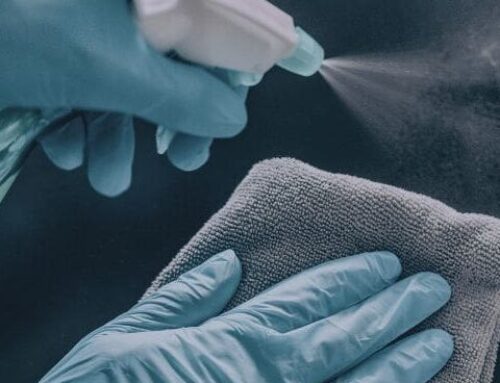November 2021
Cleanroom validations are a critical part of the manufacturing and development of medical devices, pharmaceuticals, cosmetics, and other contamination-sensitive fields.
Maintaining a sterile manufacturing field aids in the prevention of product contamination.
Validation of cleanroom sterility starts with designing a validation procedure compliant with FDA’s expectations. For a typical cleanroom validation study, multiple locations including cleanroom air are sampled at different times of day and phases of operation to find problem areas. Problem areas may stem from insufficient air filtration, insufficient cleaning and disinfection, or localized zones of technician-generated contaminants. Many different sampling methods are used in cleanroom validation studies with the most common being swabs, RODAC/contact plates, settling plates, and air samples.
Another component of cleanroom validation is disinfectant qualification. Disinfectant qualification studies verify the effectiveness of a given disinfectant within a certain environment and use scenario. Disinfection qualification studies are usually conducted at outside labs. The labs acquire samples of actual cleanroom surfaces, then test the cleanroom disinfectants following cleanroom use protocols. FDA prefers microorganisms for these tests to be relevant to the cleanroom, which often means testing against isolates from the facility that have been identified using DNA sequencing. Once a cleanroom has been validated, it is monitored using a less intensive sampling protocol to identify breakdowns in cleanroom performance that may affect product integrity.
Between cleanroom validation, disinfection qualification, and ongoing monitoring of the microbial environment, trends within the cleanroom become evident and problems can be identified and solved quickly. This enables consistent, safe manufacturing of sterile products.
If you are interested in learning more about cleanroom validation studies or identification of potential contaminants, please contact our lab at [email protected].




